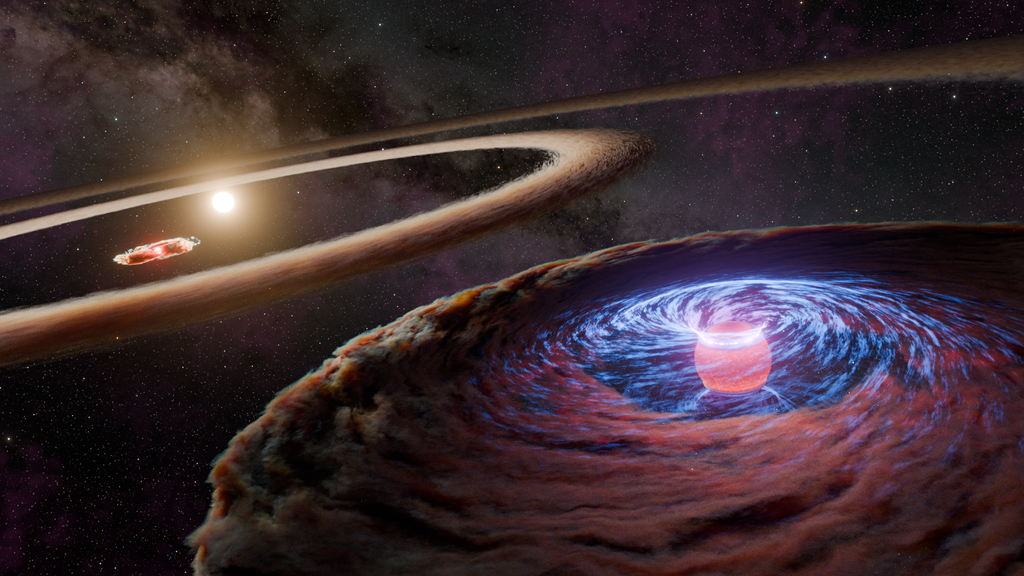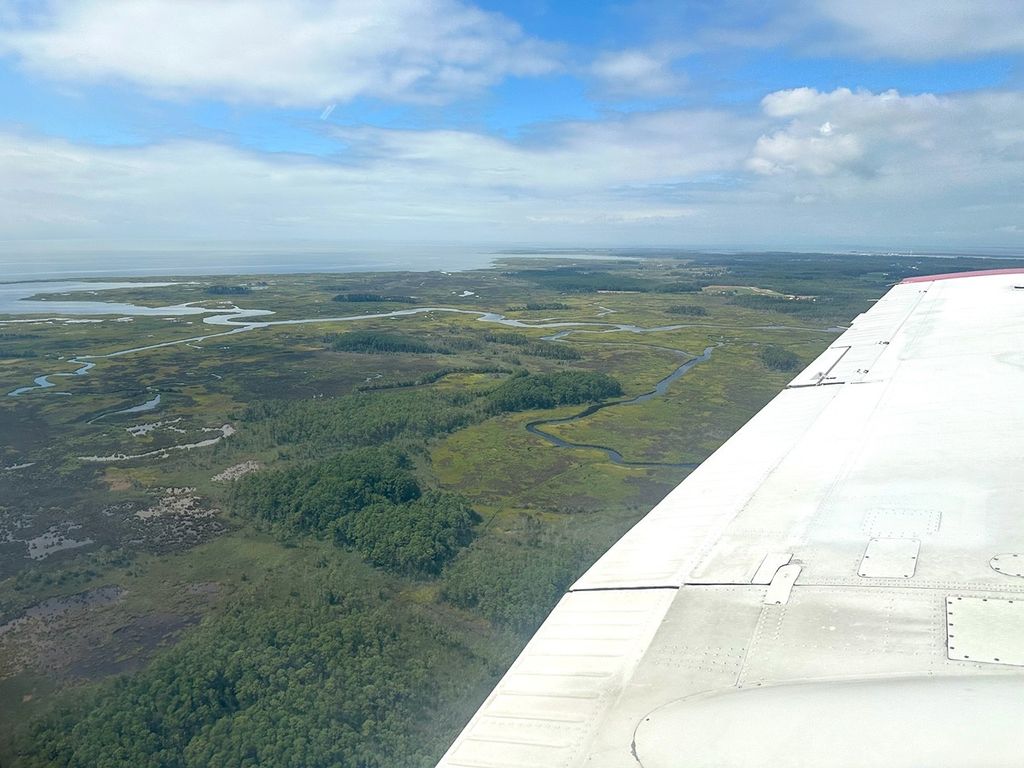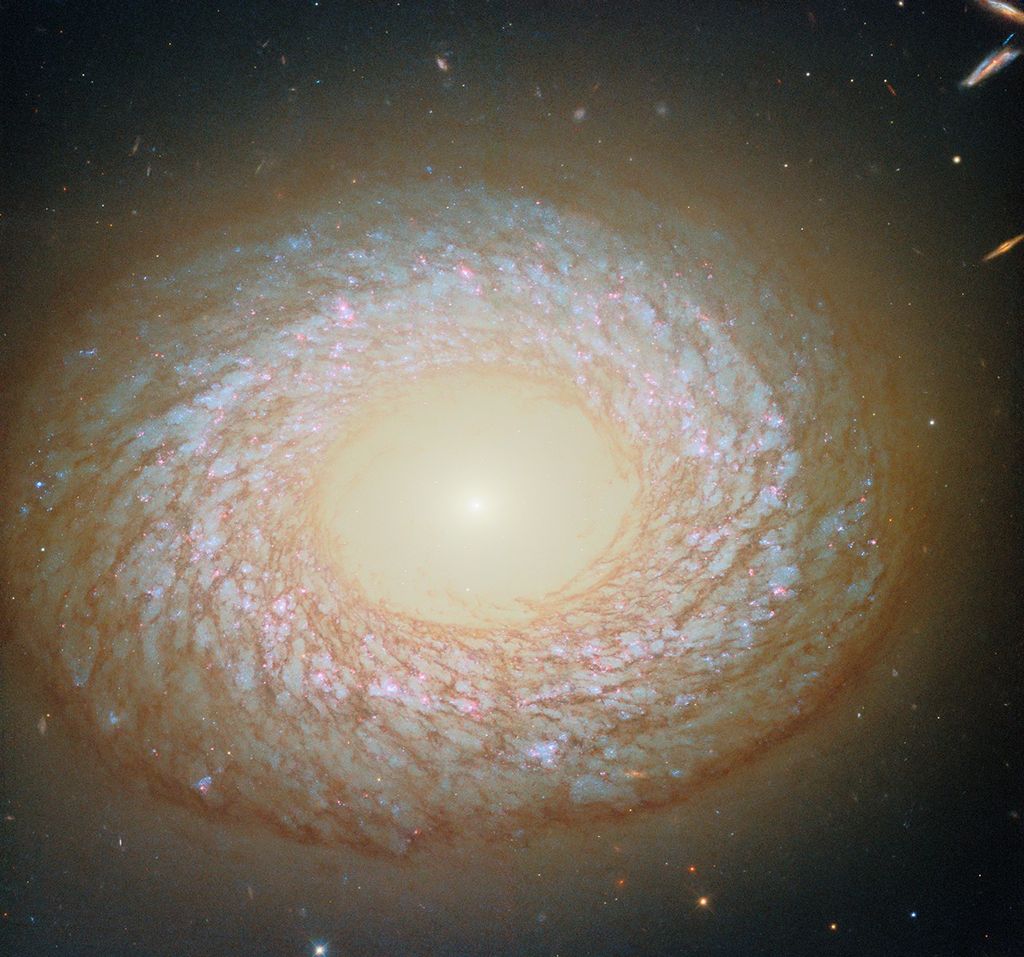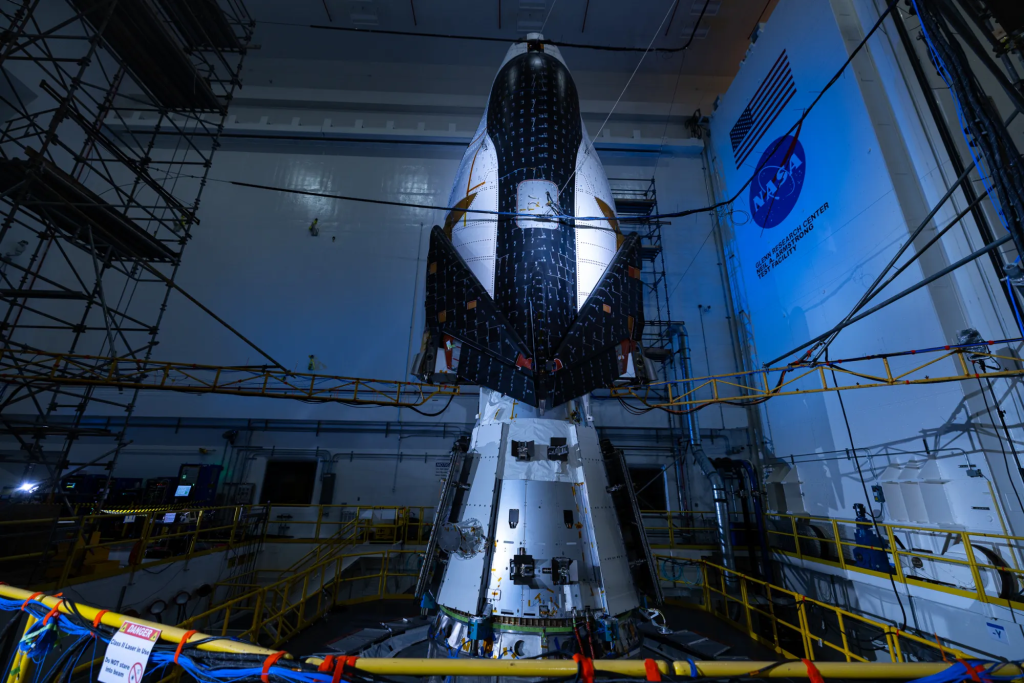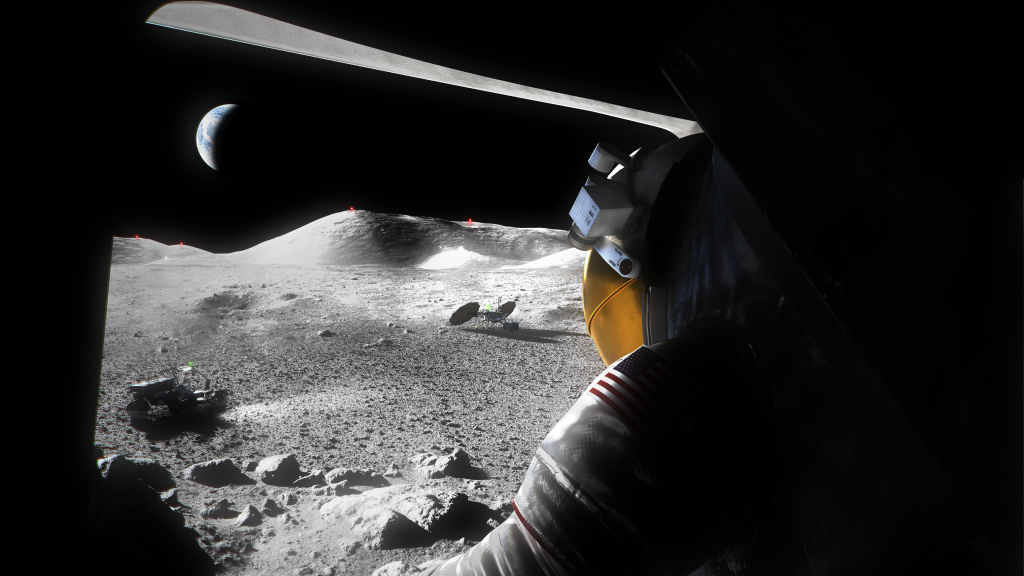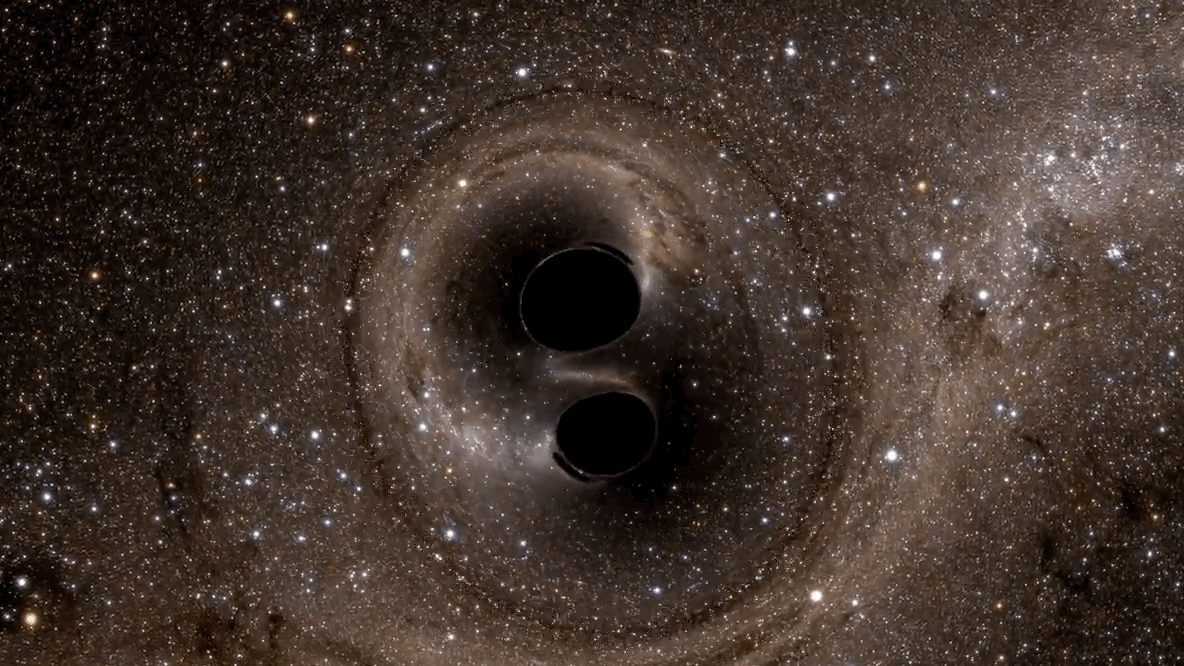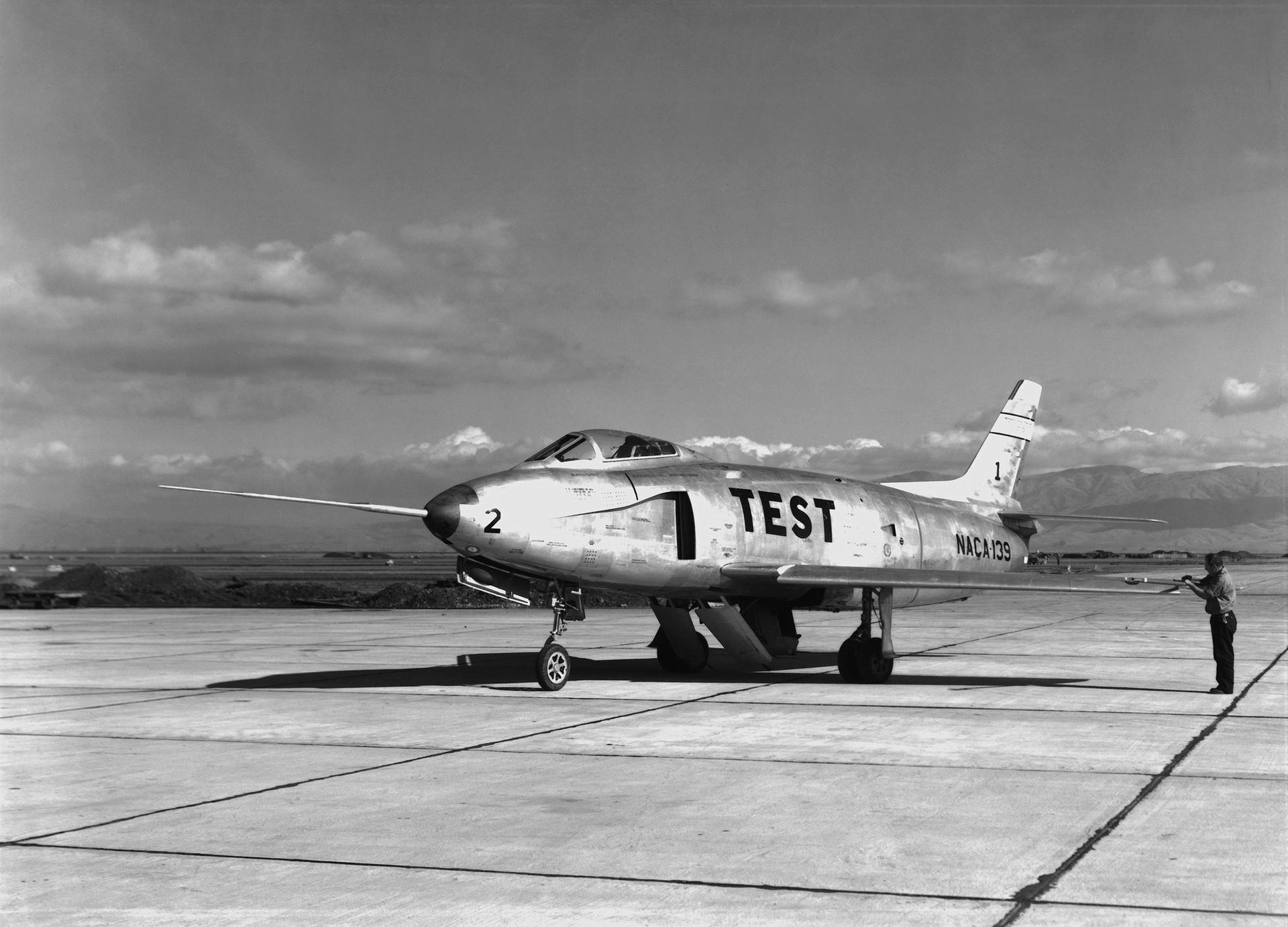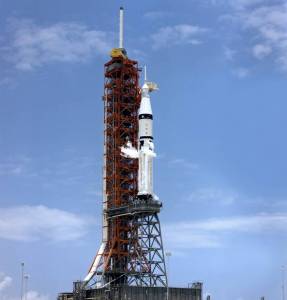With launch day just three weeks away, preparations on both sides of the Atlantic ramped up for the Apollo-Soyuz Test Project (ASTP), the first docking in space between an American and a Soviet crewed spacecraft. The astronauts and cosmonauts conducted some last minute training, including language lessons, and began preflight health isolation protocols. At the Kennedy Space Center (KSC), workers began the final dress rehearsal of the launch countdown. Top ASTP managers continued to communicate their readiness as the dual launches approached.


Left: ASTP Soyuz cosmonauts Kubasov (left) and Leonov training in the Orbital Module of the Soyuz spacecraft.
Right: Kubasov (left) and Leonov during an English language session.
On the afternoon of June 24, 1975, prime Apollo crewmembers Commander Thomas P. Stafford, Command Module Pilot Vance D. Brand, and Docking Module Pilot Donald K. “Deke” Slayton began their three-week Flight Crew Health Stabilization Plan, commonly known as the preflight quarantine, during which they were limited to certain work and training areas at both KSC and the Johnson Space Center and only medically-screened personnel could come into close contact with them. The goal of the quarantine was to prevent the crew from contracting any contagious diseases that could either cause a change in crew assignments or a delay to the mission. Soyuz cosmonauts Commander Aleksei A. Leonov and Flight Engineer Valeri N. Kubasov similarly took part in a preflight isolation program in the Soviet Union. In addition to final simulator runs, their isolation provided time for last minute language training, since protocols dictated that during joint operations all crewmembers speak the others’ language.


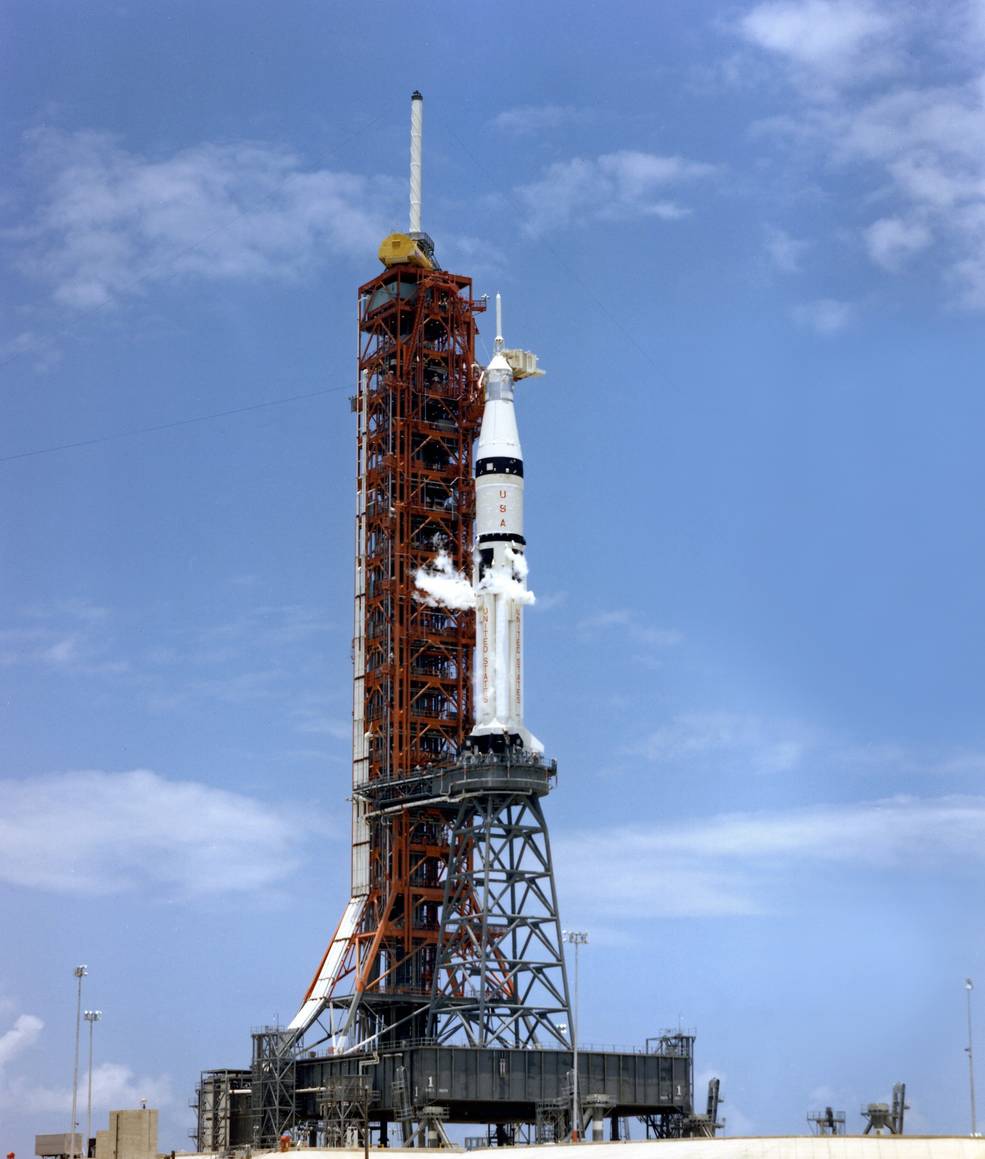
Three views of the ASTP Saturn IB on Launch Pad 39B during the CDDT.
At KSC, the Countdown Demonstration Test (CDDT) began at 7 AM on June 25. Workers had been conducting a form of a CDDT for all Saturn rocket launches since the SA-7 launch of a Saturn I on Sep. 16, 1964, and the practice continued through the Space Shuttle program to today’s commercial crew launches. During the CDDT, workers rehearsed all the steps of an actual countdown, including fueling the rocket, right up until the moment of ignition. That concluded the “wet” part of the test, after which they drained the rocket of propellants, reset the countdown and the next day the astronaut crew participated in the final few hours of the exercise to complete the “dry” phase of the test. The successful execution of the CDDT was the final milestone to be completed before beginning the countdown for the final Apollo-Saturn launch on July 15, 1975.

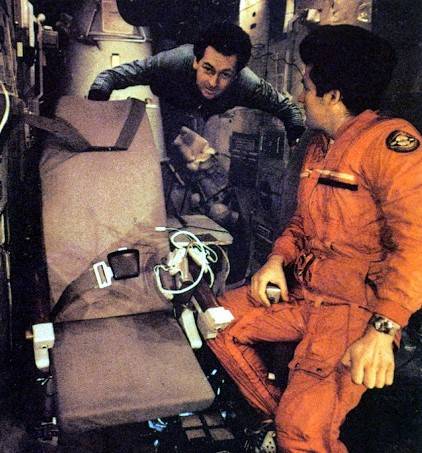
Left: ASTP Directors Bushuyev (left) and Lunney during the July 1973 meeting in Houston.
Right: Soyuz 18 cosmonauts Sevastyanov (left) and Klimuk aboard Salyut 4.
The two project directors, Glynn S. Lunney and Konstantin D. Bushuyev, had built up a rapport over the previous three years and continued regular communications following the last face to face meeting between the parties in Moscow in May. Lunney sent a note to Bushuyev on June 23 outlining the readiness status of the rocket, spacecraft and ground systems to support the July 15 launch. Three days later, the two discussed various topics including the planned final joint simulation between the two control centers scheduled to begin June 29. Meanwhile, the Soyuz-18 crew of Pyotr I. Klimuk and Vitali I. Sevastyanov continued their mission aboard the Salyut-4 space station, and were now Soviet record holders, having surpassed the Soyuz-17 crew’s 30-day duration in space. Leonov hinted in a press conference on June 27 that Klimuk and Sevastyanov would stay in orbit during ASTP, hoping to complete a 60-day flight. Bushuyev assured Lunney that this would not cause any interference with the joint mission, as the Soviets planned to use their old control center in Yevpatoriya in the Crimea to monitor the Salyut-4 mission and would control the ASTP mission from the newer Flight Control Center in Kaliningrad outside Moscow.
To be continued…

